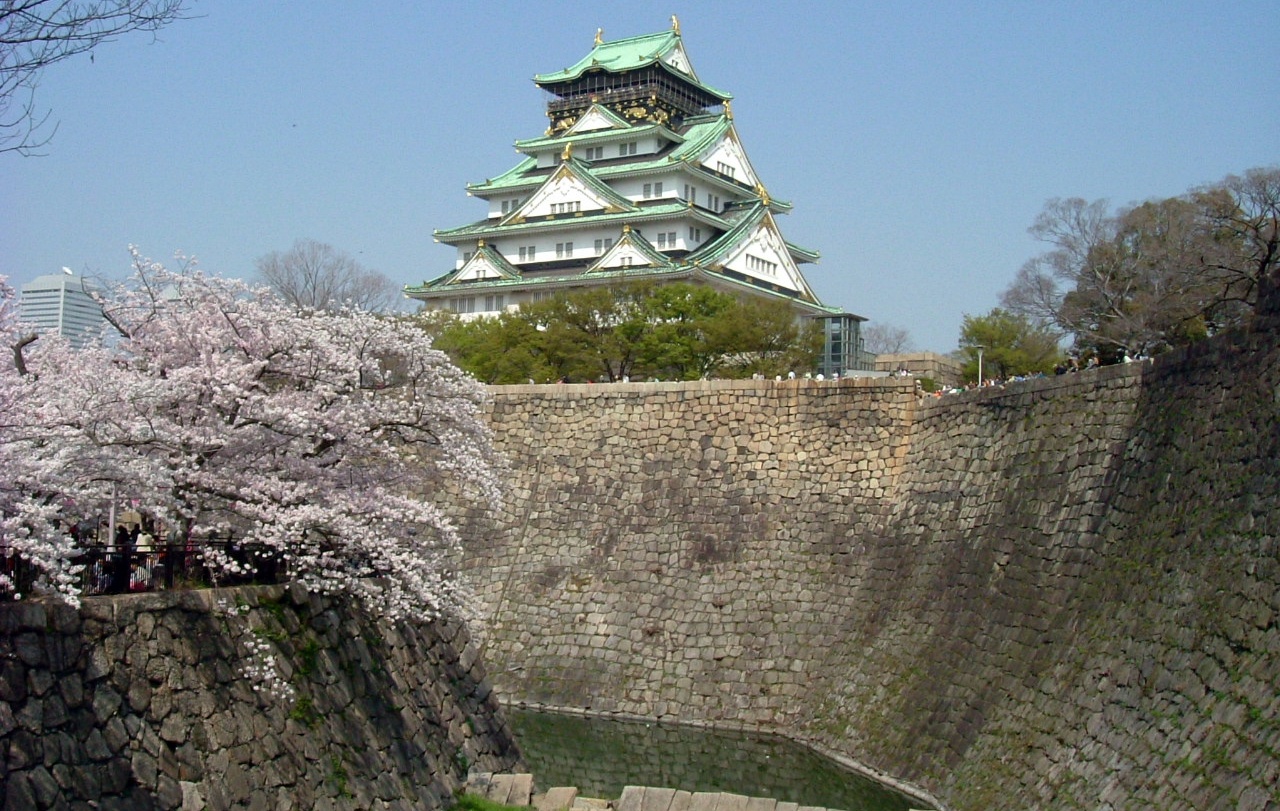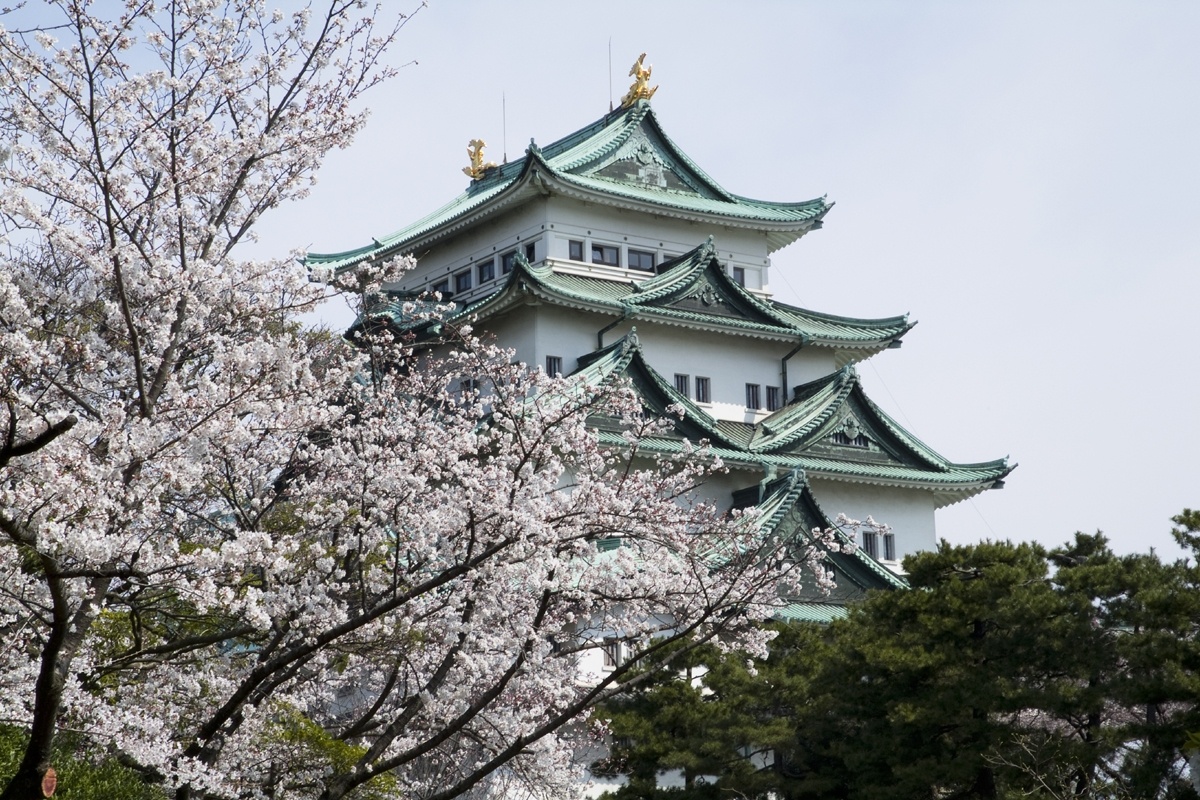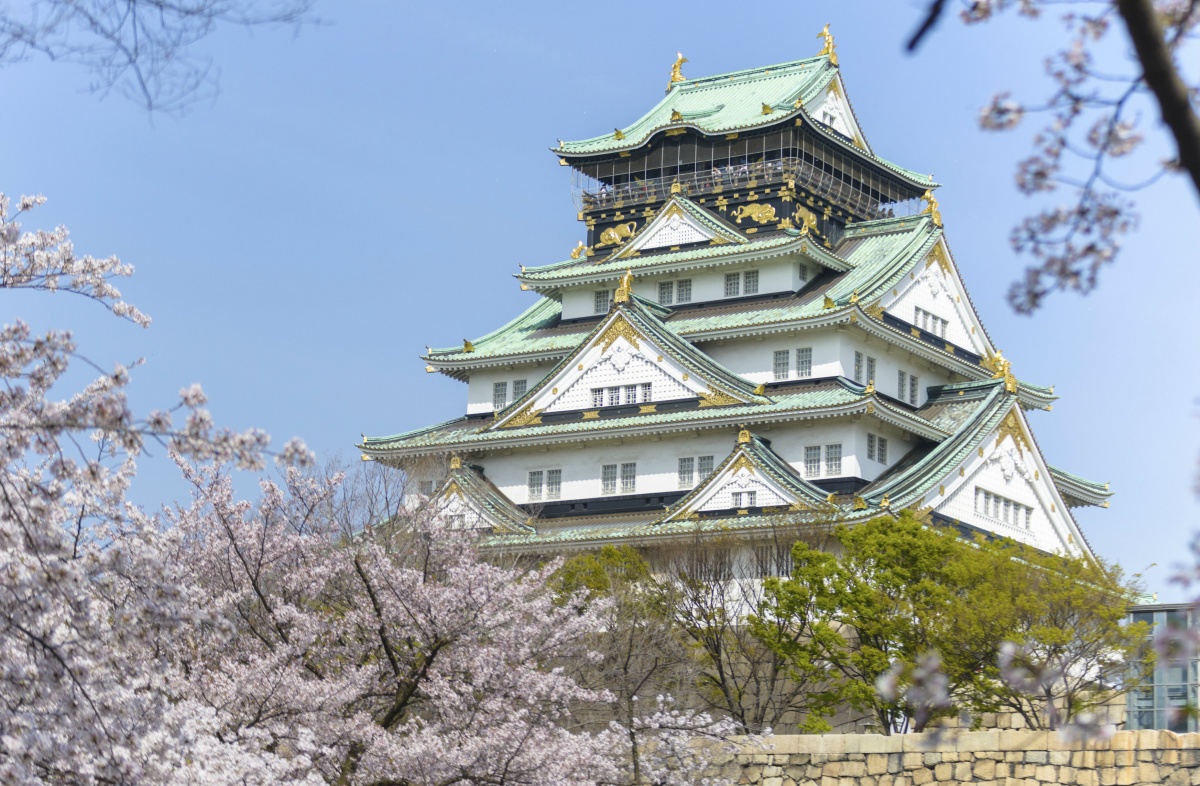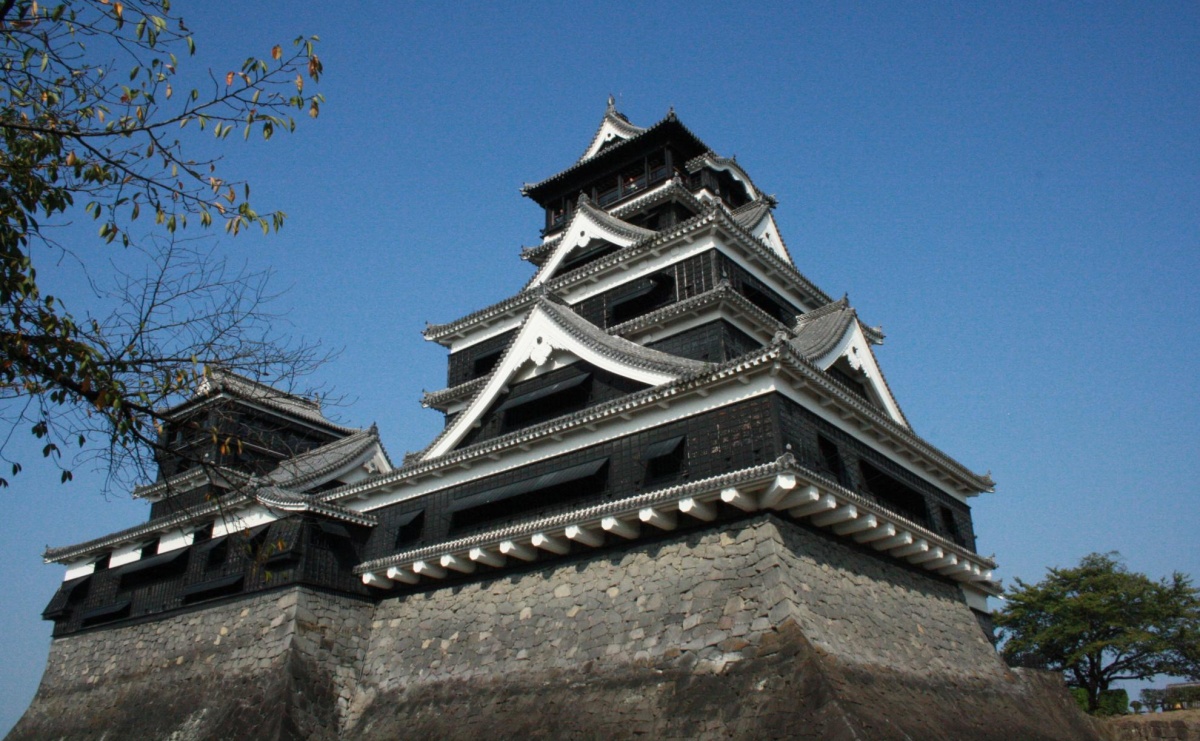Japan’s Three Famous Castles
Japan is famous for its many “Top Three” lists, with one of the best-known being Japan’s Three Famous Castles. Called sanmeijo (三名城) in Japanese, the castles on this list have been chosen based on their significance to history and culture, as well as their scale and grandeur.
By John Asano3. Nagoya Castle (Nagoya City, Aichi)
Nagoya Castle, known as "Kinshachi-jo," was built between 1609 and 1619 by the first Tokugawa shogun, Tokugawa Ieyasu (1543—1616), and served as the center for one of Japan’s most important castle towns.
For over 350 years, Nagoya castle was the largest, best designed and most gorgeous castle in all of Japan. Unfortunately, most of the original castle was destroyed in World War II, but in 1959, the current main tower was rebuilt using concrete.
The castle is located in the heart of Nagoya, and is still spectacular with several corner towers and gates in their original condition and recognized as important cultural assets. It derives its nickname from the famed pair of golden kinshachi, tiger-headed dolphins, fixed to the top of the castle to protect it from fire.
Inside the castle is a museum that's worth a visit to see the exquisite samurai armor, treasures and histories of the three great unifiers of Japan, Oda Nobunaga (1534—1582), Toyotomi Hideyoshi (1536—1598) and Tokugawa Ieyasu.
2. Osaka Castle (Osaka)
Osaka Castle, known as "Kin-jo," was built in 1583 by the second unifier of Japan, samurai warlord Toyotomi Hideyoshi. The castle was originally built as a display of power and grandeur by Hideyoshi, with the aim to create the most formidable castle ever built in Japan. Osaka Castle certainly achieved that, and was unparalleled at the time as the largest and best constructed castle in Japan.
This symbol of Osaka offers impressive views of the city, and can be easily found in the city center. Osaka Castle has been destroyed and rebuilt several times due to numerous wars, with the most current version a recreation of its 17th-century styling. There are several original gates and corner towers as well as impressive stone walls.
The best time to visit Osaka Castle is in the spring, when the castle overlooks the surrounding park's stunning cherry blossoms.
1. Kumamoto Castle (Kumamoto City, Kumamoto)
Kumamoto Castle was first built in 1467 by Ideta Hidenobu in the center of Kumamoto City, and is now regarded as the symbol of Kumamoto. It was expanded by master castle designer Kato Kiyomasa (1562—1611), who also worked on construction of Nagoya Castle.
The castle is famous for its curved, towering stone walls, massive moats and numerous watchtowers, making it one of the best defended castles in Japan. The castle also expertly utilizes the geography around it to make it one of the most impregnable castles ever built in the country. Unfortunately, the Kiyomasa-designed main tower and other castle buildings were destroyed during the Satsuma Rebellion in 1877 and rebuilt in 1960. The main tower now serves as a museum featuring displays of samurai armor and swords, as well as the history of samurai in Kumamoto.
In April 2016, Kumamoto Castle suffered damage due to a series of strong earthquakes in the region, with roof tiles lost, a turret destroyed, and large sections of the stone walls collapsing.







